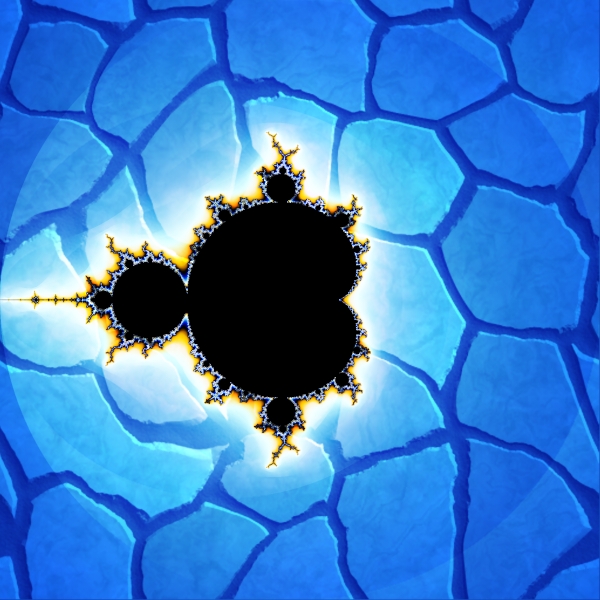
Trap Drift, Rotation Step, Skew, and Skew Step.Trap Shapes, Trap-specific parameters, Aspect Ratio, Center & Rotation.Overall Parameters: Trap Mode, Trap Coloring, Threshold and Solid Color.Lesson 5 – Working with the Orbit Trap coloring formula Working with the example parameter set and learning the Magnitude/Angle layering technique.

Using the formula's Help to explore its parameters.Installing Rose Range Lite and its Help file.The Smooth (Mandelbrot) coloring formula.Lesson 3 – Understanding the Gradient Editor and working with basic coloring formulas Subjects Covered: Lesson 1 – Exploring the Mandelbrot set load coloring formulas (on the Inside and Outside tabs).load fractal formulas (on the Formula tab).Although this course will explore many basic concepts in depth, a familiarity with the UF workspace and user interface is presumed.

Students must have Ultra Fractal 3, 4, or 5 installed on their computer and should have worked through the tutorials in the Help file. This systematic approach can then be applied to working with any new or unfamiliar formula. The intent of this course then, is to both inform the student about many of the basics of the nature of fractals and to provide a structured, systematic way to explore both the intricate fractal structure itself and the many parameters of several important coloring formulas. While there is a precise mathematical explanation for every characteristics and effect, it is quite possible to become proficient in using Ultra Fractal and creating fractals without having to learn or relearn the complex math.
#Ultra fractal examples how to
What seems chaotic, unpredictable, and impossible to understand in the beginning is usually due to the user's lack of knowledge about and familiarity with the nature of fractals and how to work with the various formulas.

The learning curve for fractal exploration, in general, and Ultra Fractal, in particular, is quite steep.


 0 kommentar(er)
0 kommentar(er)
